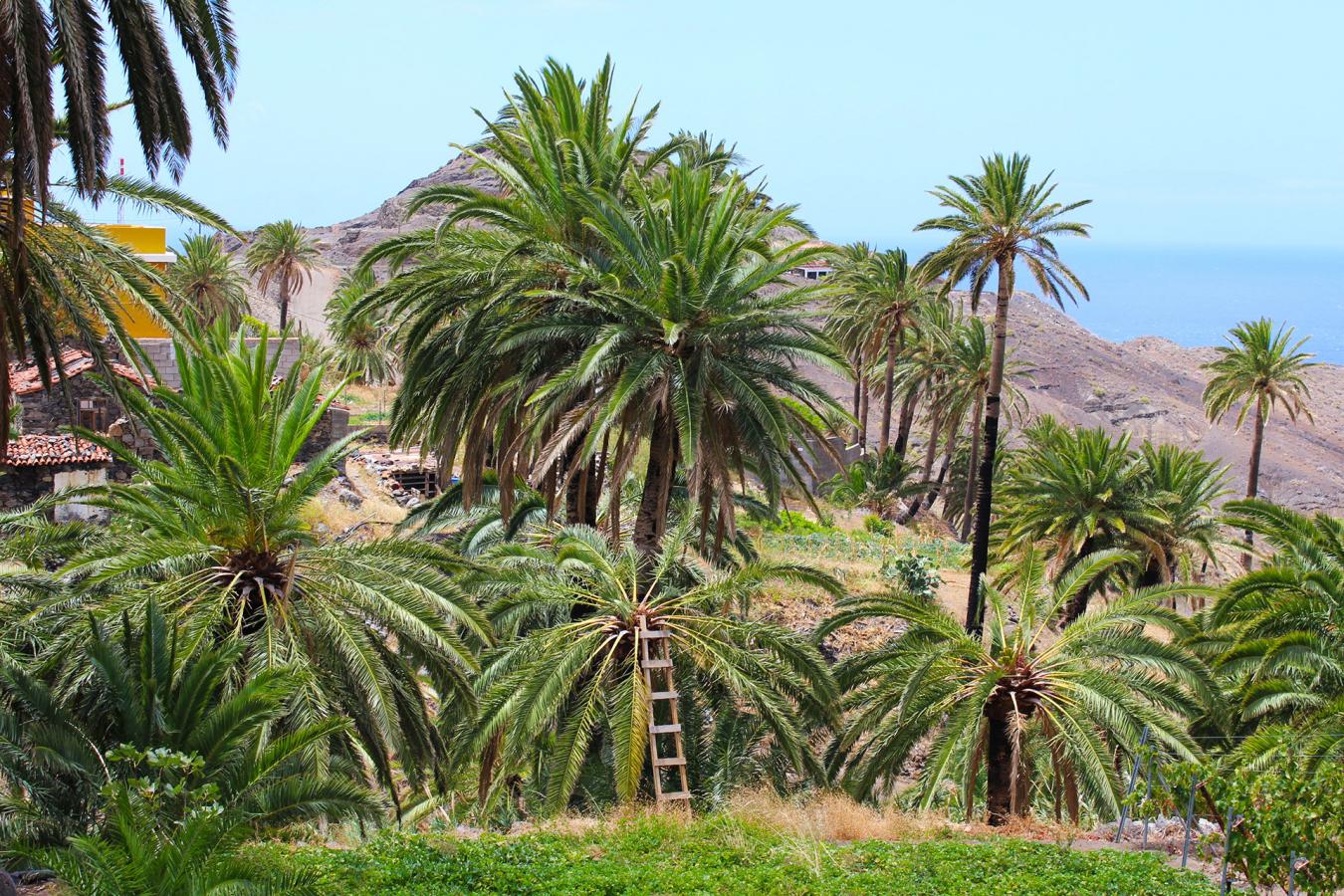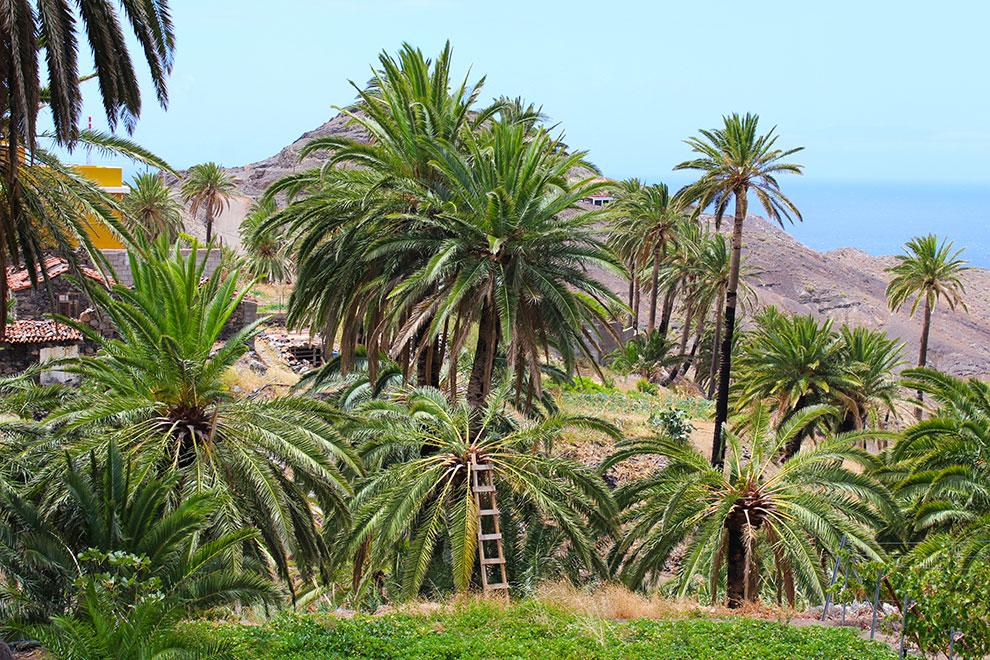Lush laurissilva forests, deep ravines and steep cliffs, imposing rocks, valleys colonised by leafy palm groves, tiny pristine beaches... such are the landscapes of La Gomera, a terrain so intricate at first sight that we immediately comprehend why, on this island, Silbo gomero (the whistled language of La Gomera), an ancestral form of communication, emerged and survived.
The charming hamlets, intermingled with perfectly cultivated terraces of crops on the sides of the ravines, complete what is a truly inspiring ensemble. A vision that reminds us that harmony between human activities and nature is not only possible, but necessary. For this and many more reasons, La Gomera is a Biosphere Reserve.
“La Gomera, a Biosphere Reserve, contains one of the most important natural ecosystems in the world, for which it has been declared a World Heritage Site and a National Park: the primitive laurissilva forest”.
An idyllic place in which to connect to the simple life. And to walk along kilometres of trails in near-pristine natural environments, with no care for the season, as any day is perfect for outdoor activities in the best climate in the world, that of the Canary Islands.
On his route towards the discovery of the New World, Christopher Columbus found in La Gomera the last port before setting off into the unknown, leaving a mark on this small Atlantic island which is also known as the Colombian Island.
How could one fail to feel unique on this peaceful, beautiful green island, discovering every single corner and singular traditions that have withstood the passage of time.
Walking along endless trails
More than 600 kilometres of trails invite us to discover the island on foot, the best way to encounter unforgettable places like the Creek of El Cedro, inside the Garajonay National Park, where the enormous trees and ferns of a lush, humid forest that has vanished from most of the planet, render us speechless.
But La Gomera is so much more than Garajonay. The island’s paths also run through scenery that is radically different to the exuberant forest. This is the case of the deep ravines that run into the sea, the sides of which have been painstakingly cultivated by the farmers of La Gomera, creating a beautiful landscape of perfectly arranged terraces. A scenic variety and treasure where there is no lack of leafy palm groves, either, carpeting much of the island’s geography with green.
Enjoying nature through this extensive network of trails, most of them ancient pathways that have survived over time, also gives us the chance to enter charming hamlets at a leisurely pace, and discover the island’s traditional architecture and rural atmosphere.
Garajonay, the name of La Gomera’s National Park, comes from the legend telling the tragic story of forbidden love between two young people from the indigenous nobility, the princess from La Gomera named Gara and Jonay, a prince from the neighbouring island of Tenerife.
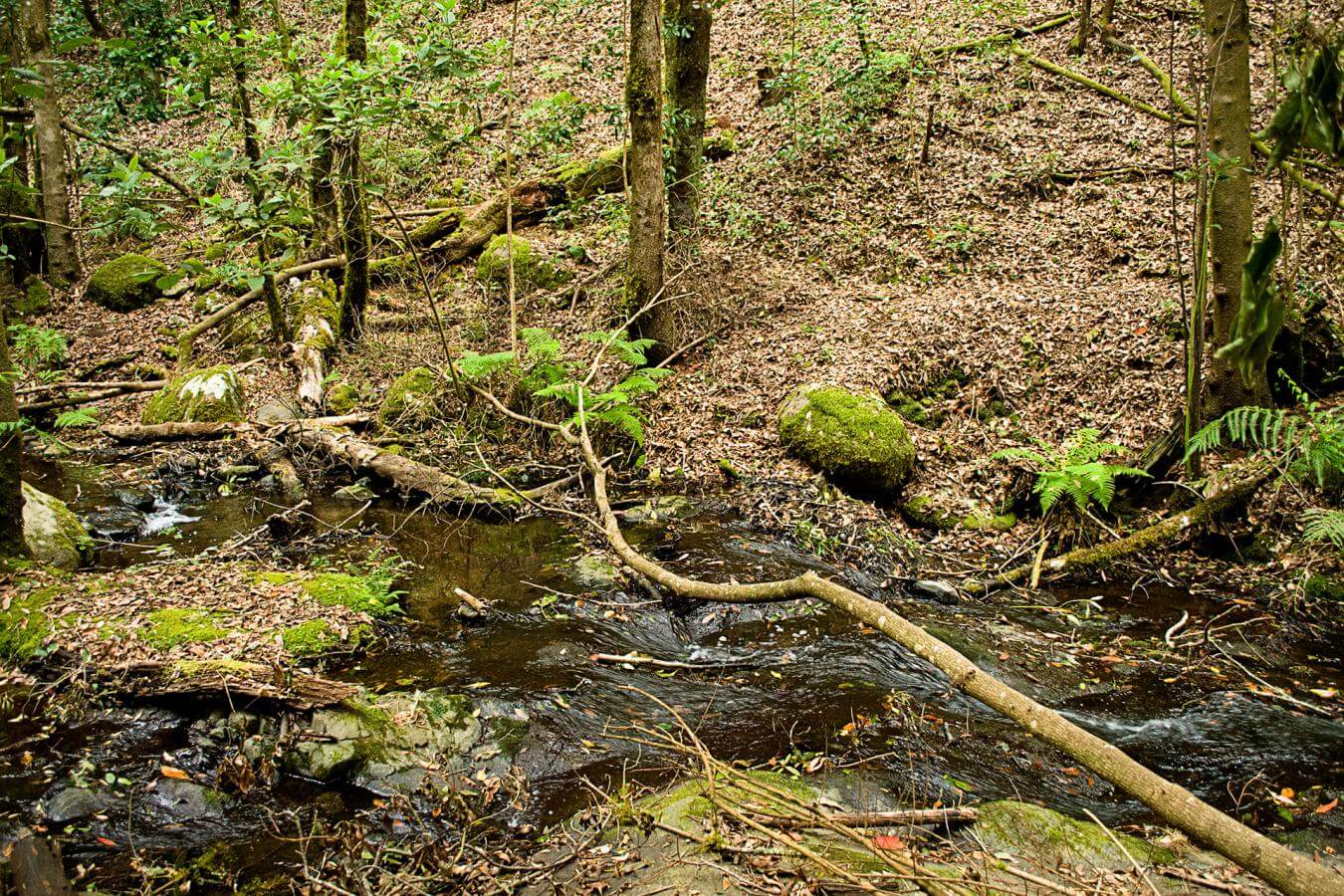


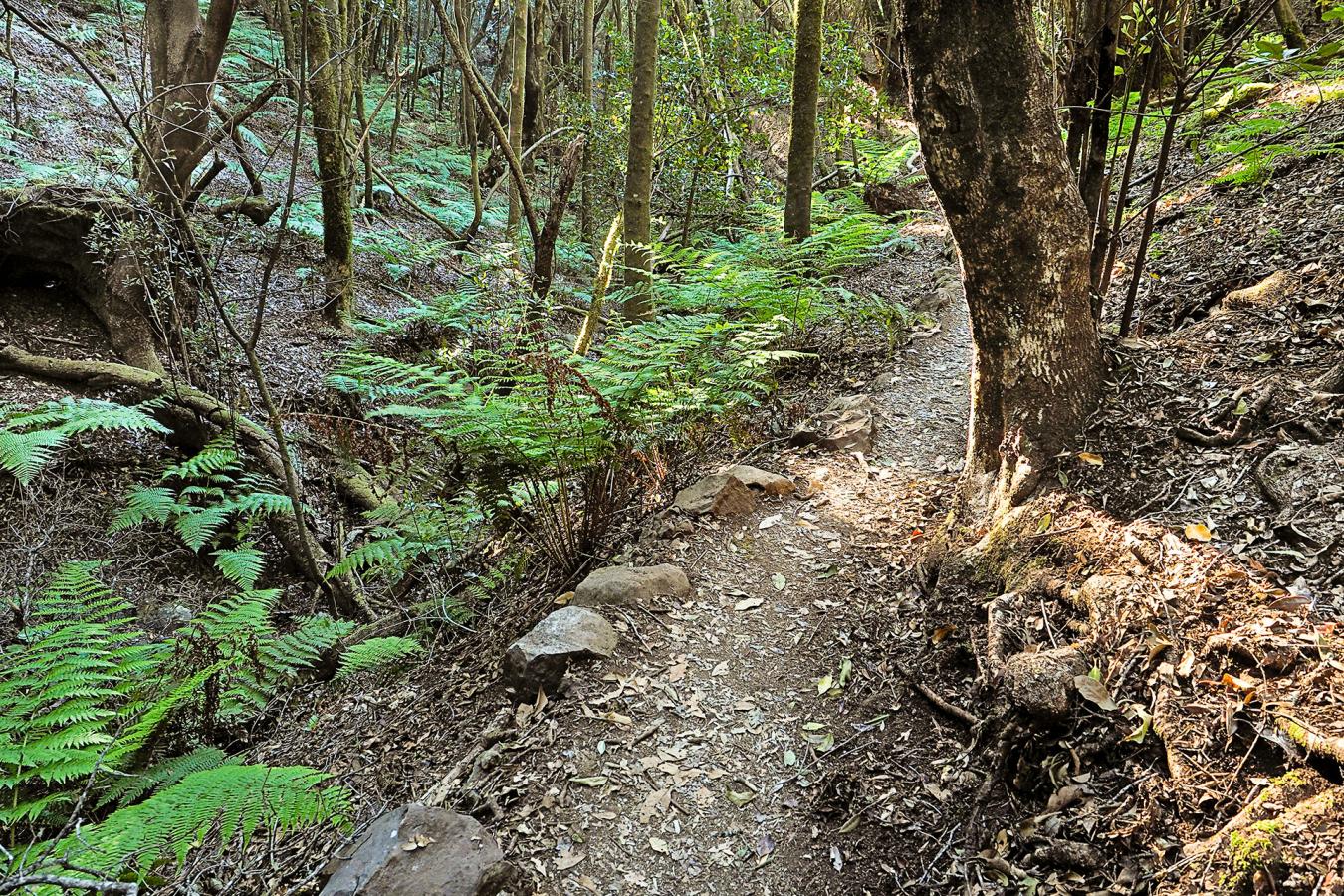


From viewpoint to viewpoint
La Gomera’s steep terrain makes many places on the island superb lookout points from which to contemplate spectacular panoramic views. Aware of this, the brilliant Lanzarote-born artist César Manrique could not resist the chance to express his huge talent precisely in one of the island’s viewpoints: that of Palmarejo. From here, one of the best examples of the rural landscape of La Gomera stretches out before our eyes in the form of Valle Gran Rey, a beautiful photograph comprised of terraces that appear to climb up the sides of the valley, intermingling with hamlets and groves of splendid specimens of Canary Island date palms. The perfect harmony between nature and human activities, with the intense blue of the ocean present at all times.
Can you imagine having the feeling of “floating” in the void? At the Abrante viewpoint you can experience this thanks to the glass floor that juts out overhanging the precipice, in which you will feel as though you are flying over Agulo, a picturesque little village in the north of La Gomera, with the imposing Teide on the neighbouring island of Tenerife as a backdrop.
And you shouldn’t miss the spectacle that can be glimpsed from the Morro de Agando viewpoint either, a panorama that includes natural spaces of incalculable value. Amidst so much beauty, Roque de Agando rises up overbearingly, a stone giant located at an altitude of just over 1200 metres which erosion has gradually shaped over millions of years.
As well as hosting the monument to Silbo gomero (the whistled language of La Gomera), the viewpoint of Igualero affords some extraordinary views ranging from the island’s mountaintops to the sea. Bursting into this immense panoramic view is La Fortaleza, a colossal mass of rock with a plateaued top that houses one of La Gomera’s most important archaeological ensembles.
From the highest point of the island’s geography, Alto de Garajonay, on clear days one can see practically all of the island, as well as La Palma, El Hierro and Tenerife, and under certain atmospheric conditions even Gran Canaria. But there is more: before our eyes an enormous carpet of intense green stretches out, undulating over the mountains. A veritable spectacle for the senses, the magic of which bewitches us.
“El Cedro is located beside the Garajonay National Park. Surrounded by the primitive laurissilva forest, its houses conserve some of the features of traditional Canarian architecture”.
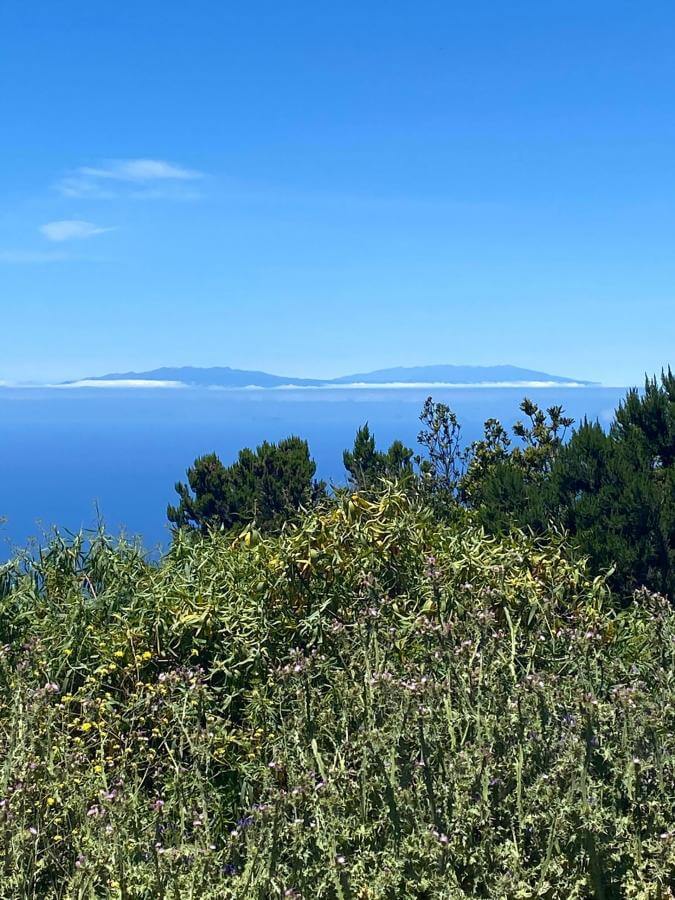






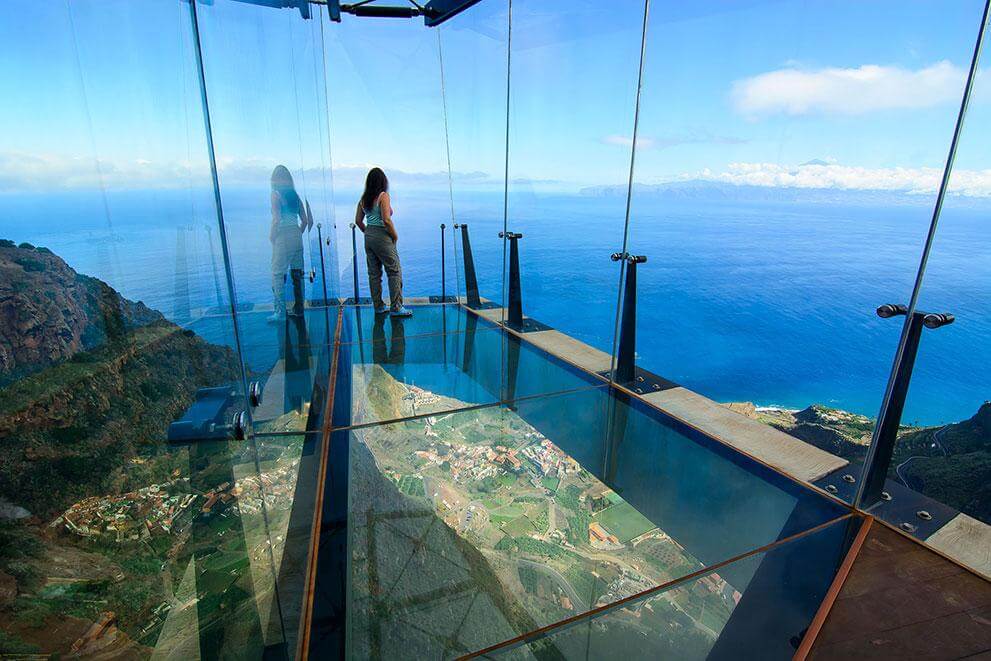

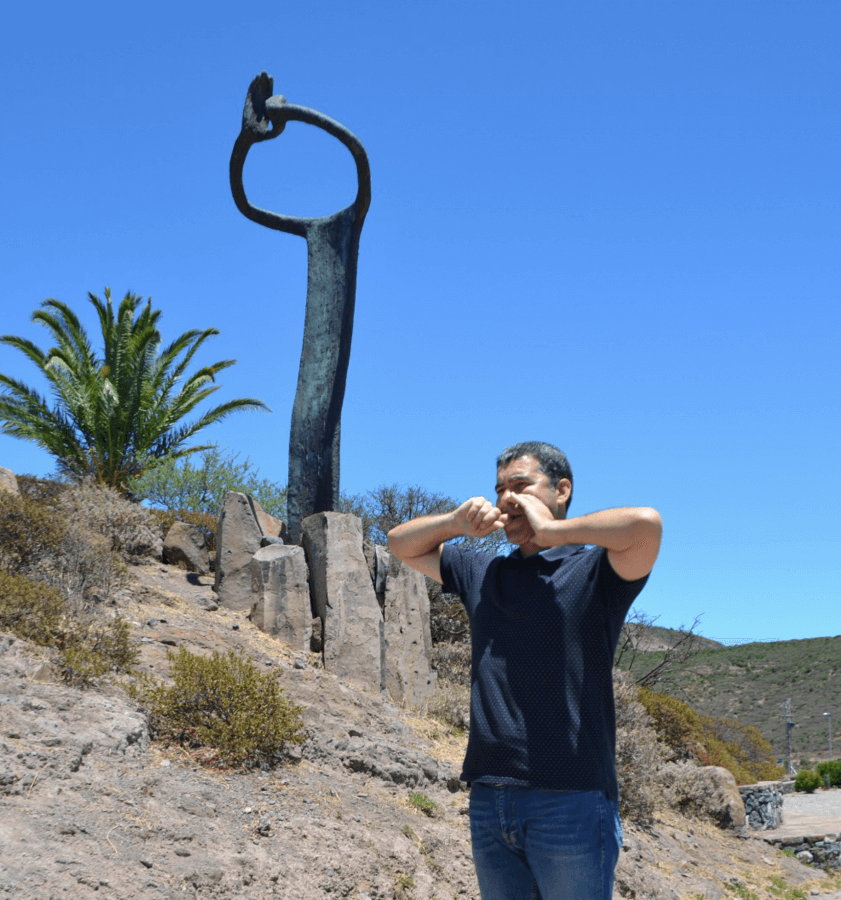


Visiting charming hamlets
La Gomera’s abrupt relief has not hindered the appearance of small population centres where peaceful rural life flows on at a slow pace, unhurriedly, between the slopes and bottoms of ravines or on the summits, surrounded by near-pristine nature the whole time.
Delightful hamlets are dotted around the island, where disconnecting from all stress is a guarantee and maintaining a conversation with the local inhabitants becomes a comforting experience. One of these havens of peace, El Cedro, is located beside the Garajonay National Park. Surrounded by the primitive laurissilva forest, its houses conserve some of the features of traditional Canarian architecture.
Imada, set among farmed terraces and Canary Island date palms, is another one of La Gomera’s idyllic hamlets. The most prominent feature of its landscape is the rocks that appear to watch over the village while herds of goats graze at liberty on the slopes. The El Santo viewpoint affords the very best views of Taguluche, a place where time appears to have stopped, with its little white houses and a splendid palm grove, an ensemble flanked by the imposing slopes of the deep gulley that runs down to the sea.
We should also visit the hamlets of Chejelipes, where the highlight is the three dams surrounded by fertile crop fields, and Alojera, Chipude, Epina, El Cercado, Tamargada, Tazo, Arure… It’s impossible to choose, so just visit them all!
Enjoying a few days in one of the rural tourism establishments we can find in many of these hamlets recharges our batteries so we can return home with a changed mood.
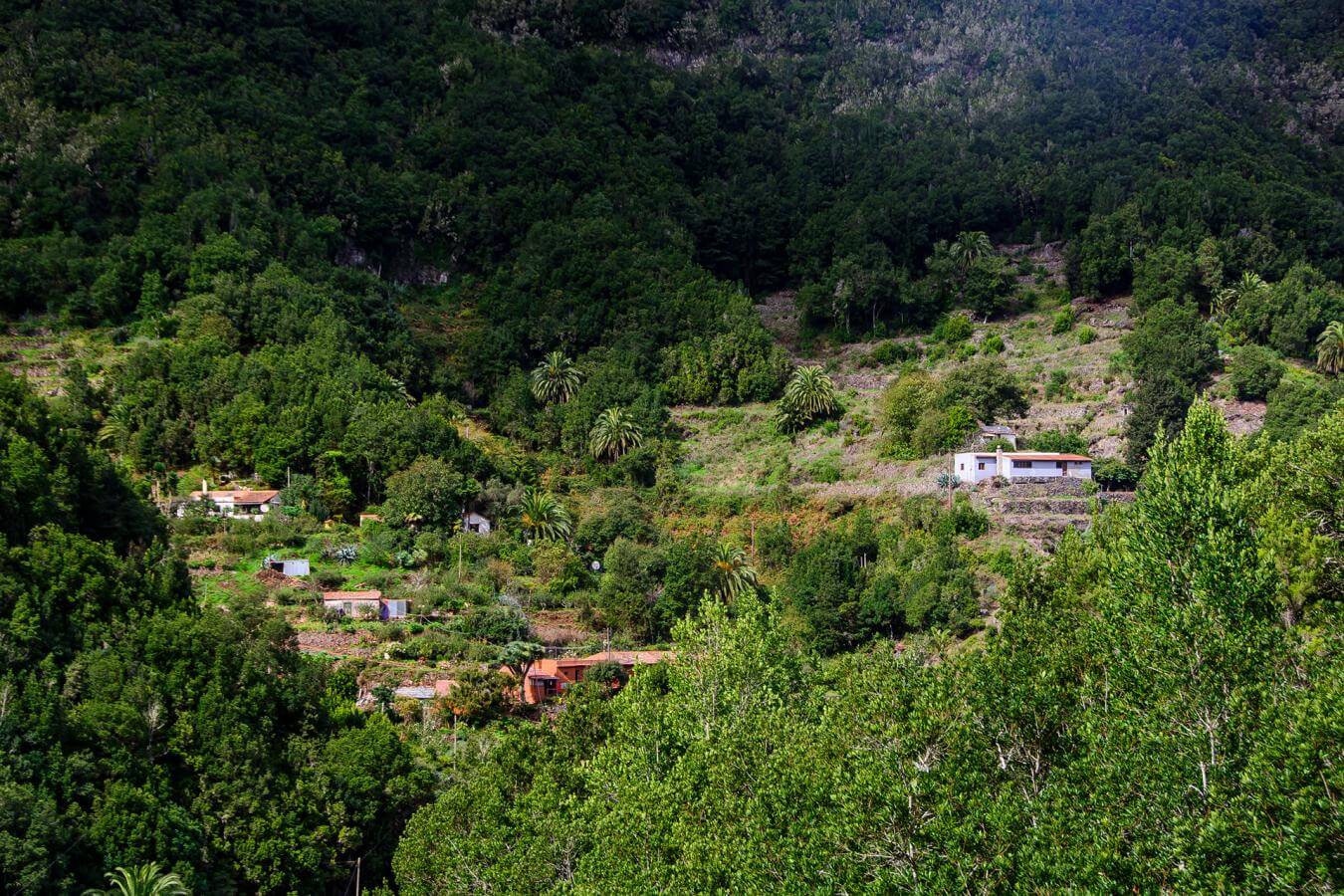
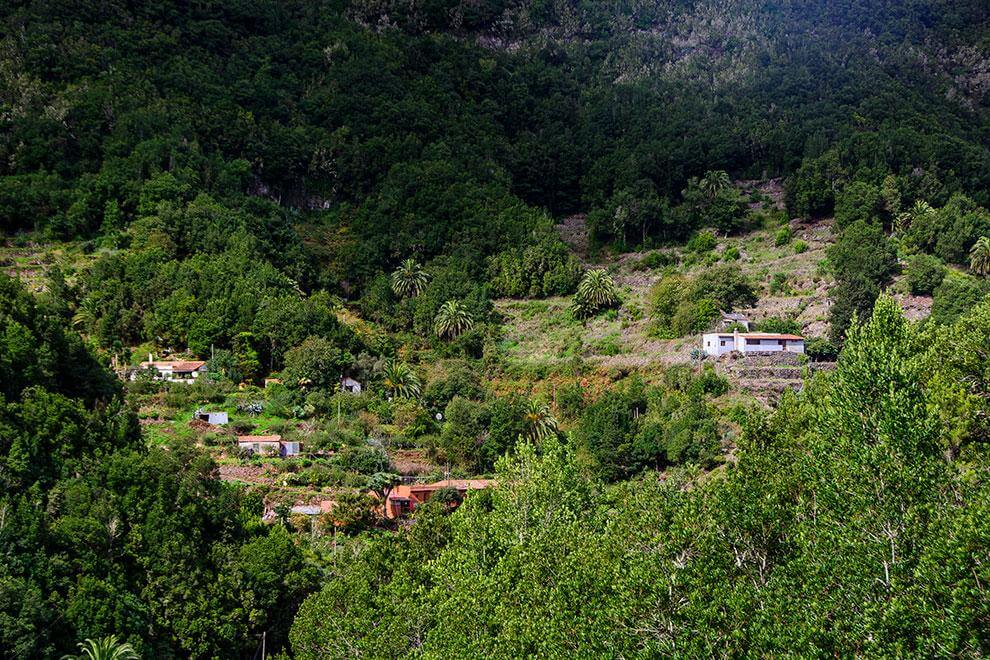

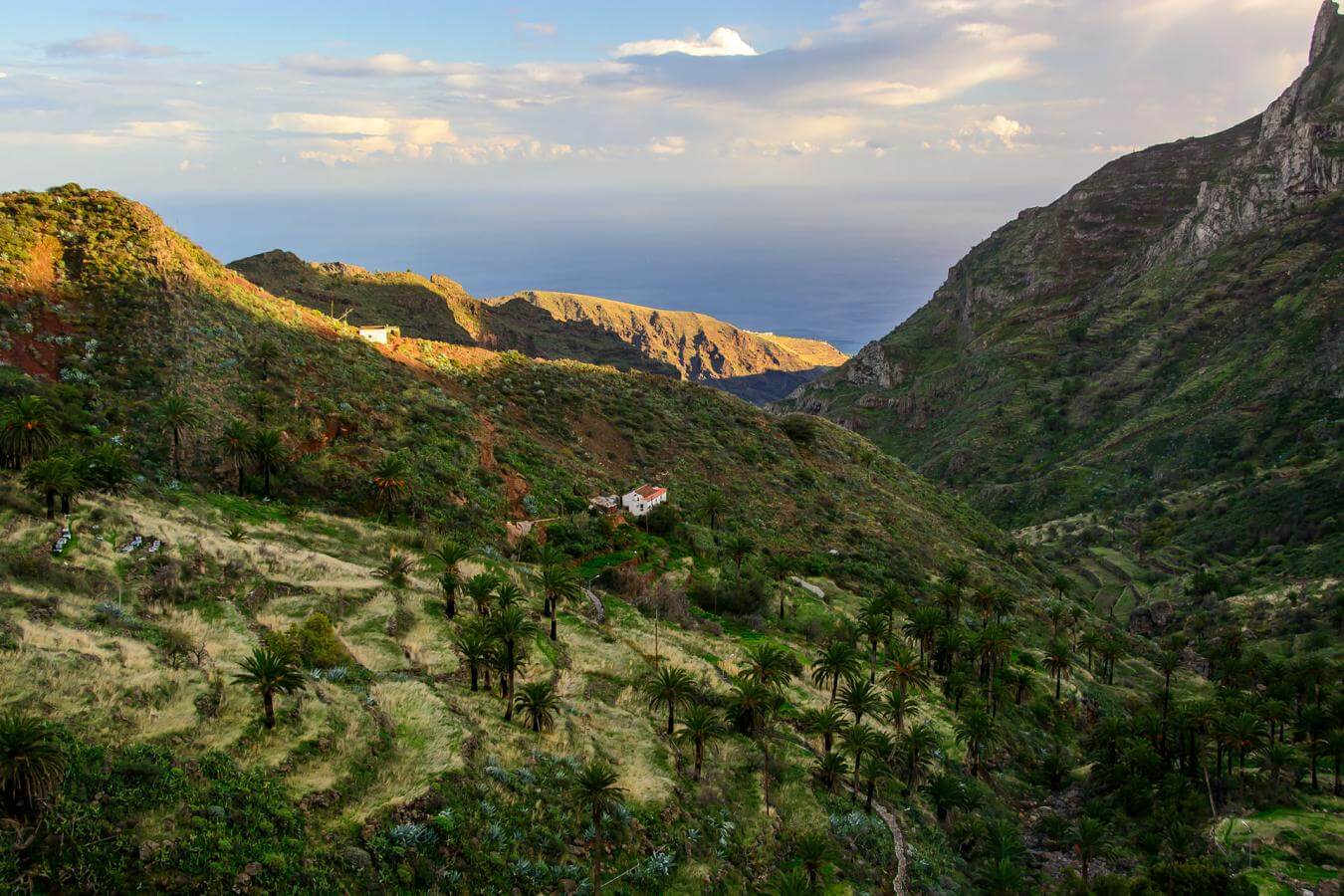
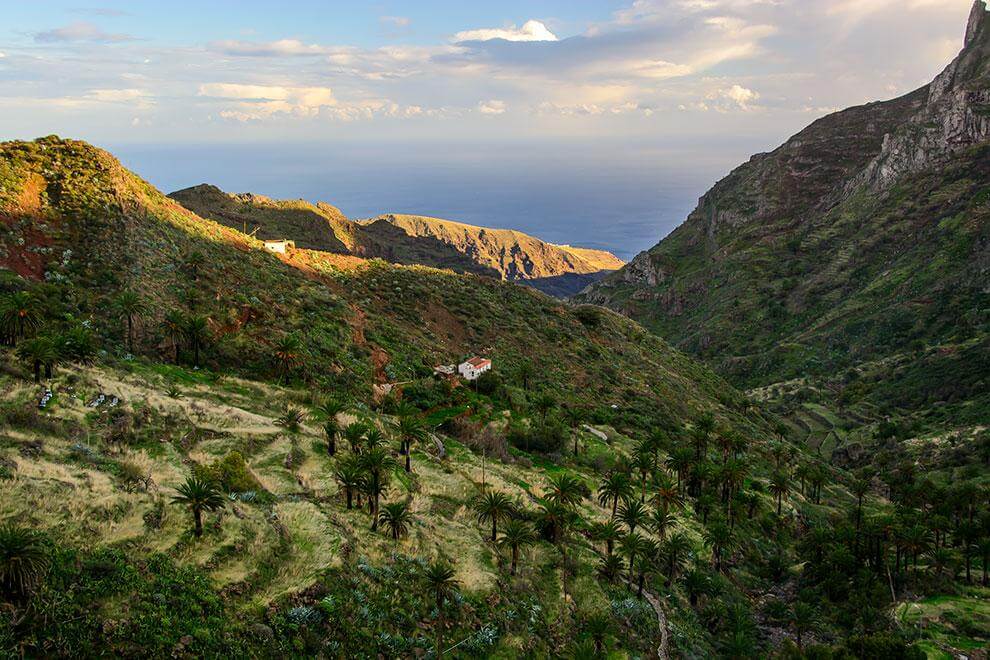
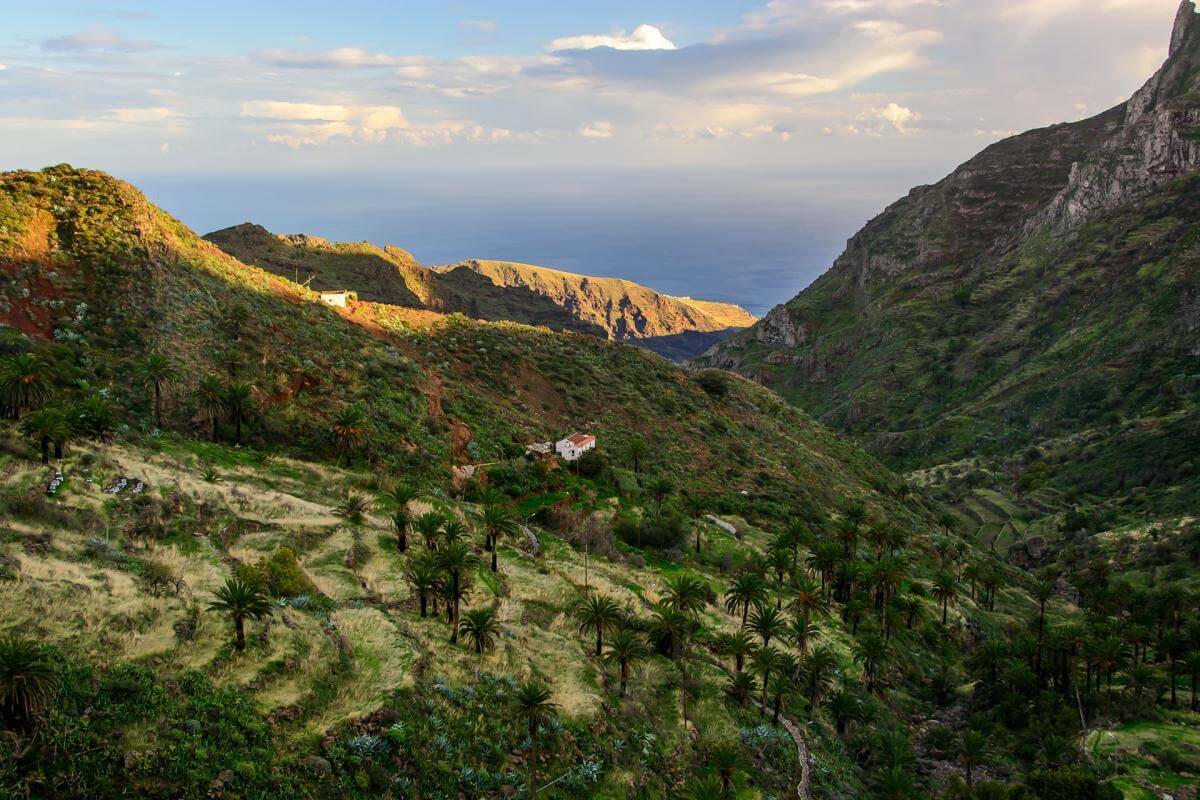
Watching whales and dolphins in the sea
If we go down to the coast, the scenery changes dramatically, but there are also attractions to be found here. One of them is the Los Órganos Natural Monument, a spectacular volcanic cliff shaped like the pipes of an organ which drops vertically down into the sea and can only be admired from a boat. A wonderful whim of nature that is definitely worth visiting.
On the island we can find inviting beaches with dark sand where we can also enjoy some unforgettable moments.
The sea surrounding La Gomera holds other surprises, too, and this one is special, an experience full of emotions: watching the different species of cetaceans, like short-finned pilot whales or friendly dolphins, swimming wild at any time of year.
And if, after so many sensations, we want to relax while sunbathing and taking a refreshing dip in the transparent waters of the ocean, on the island we can find inviting beaches with dark sand where we can also enjoy some unforgettable moments.

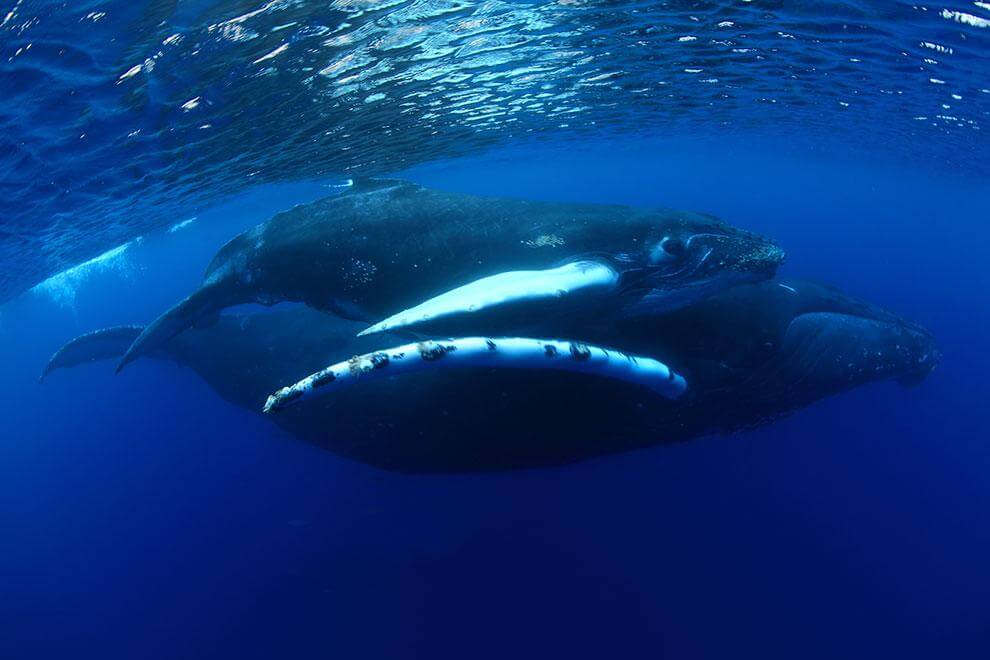

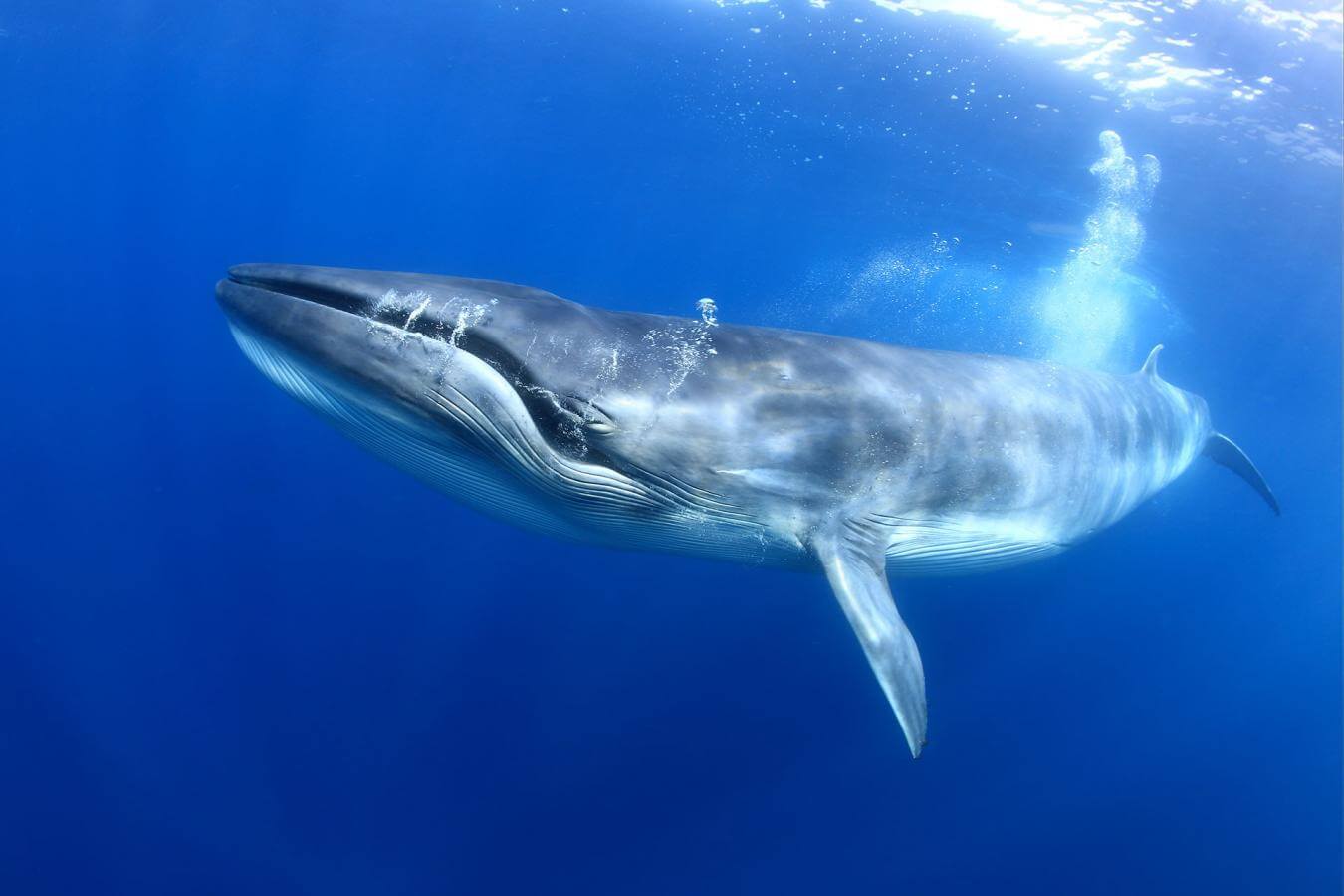


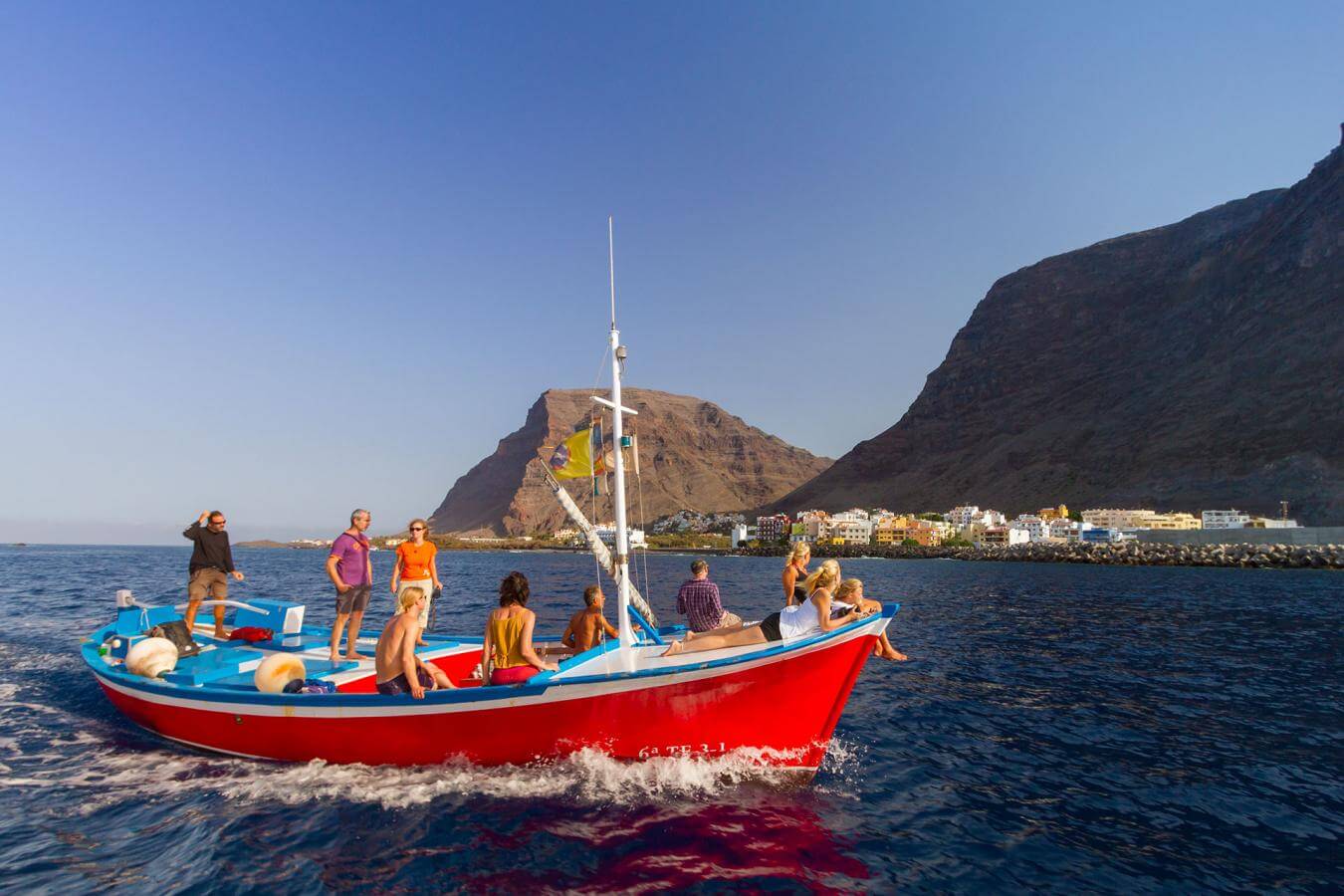
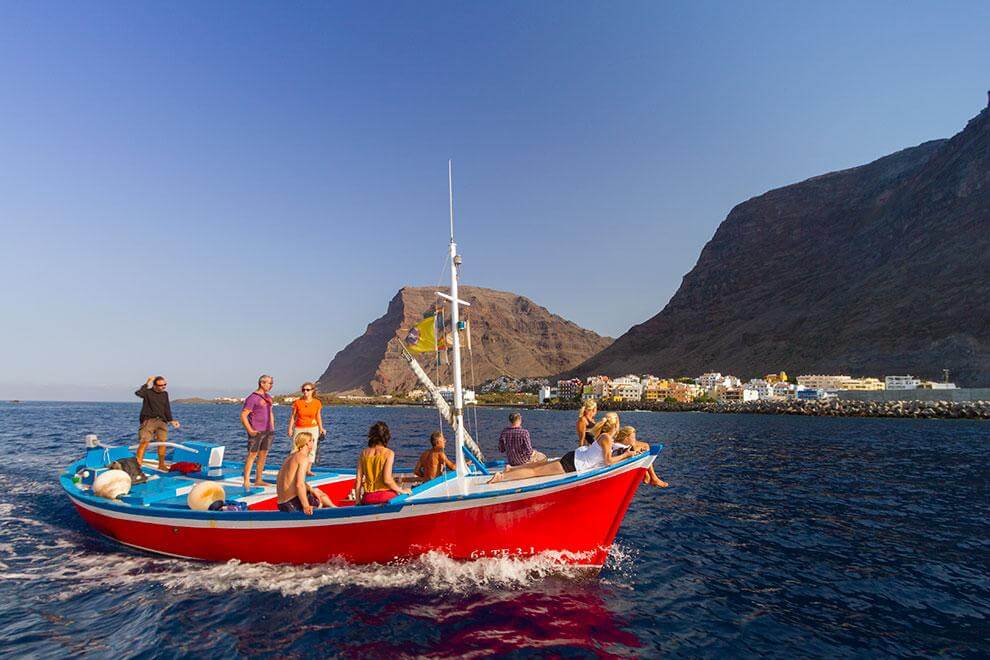

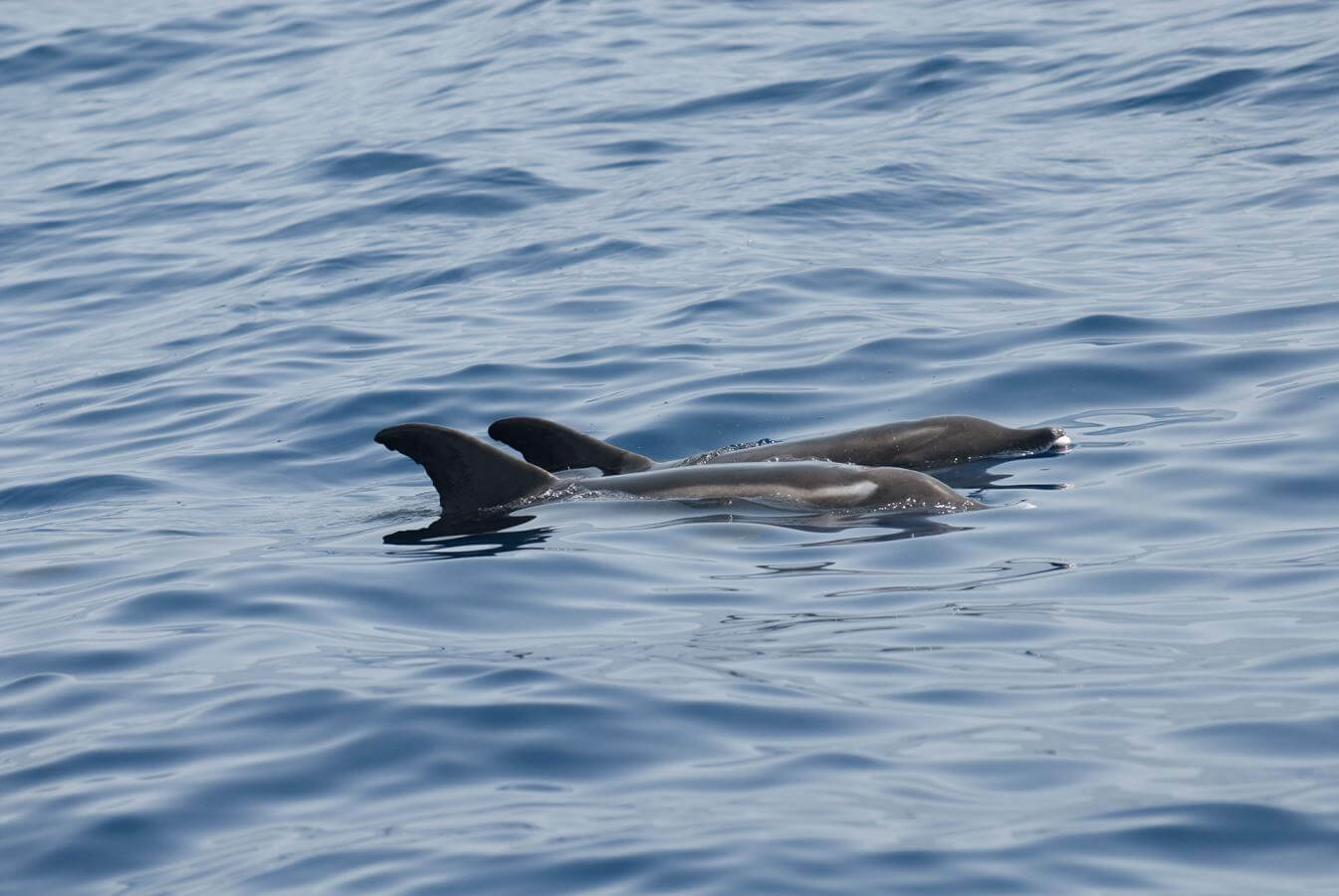
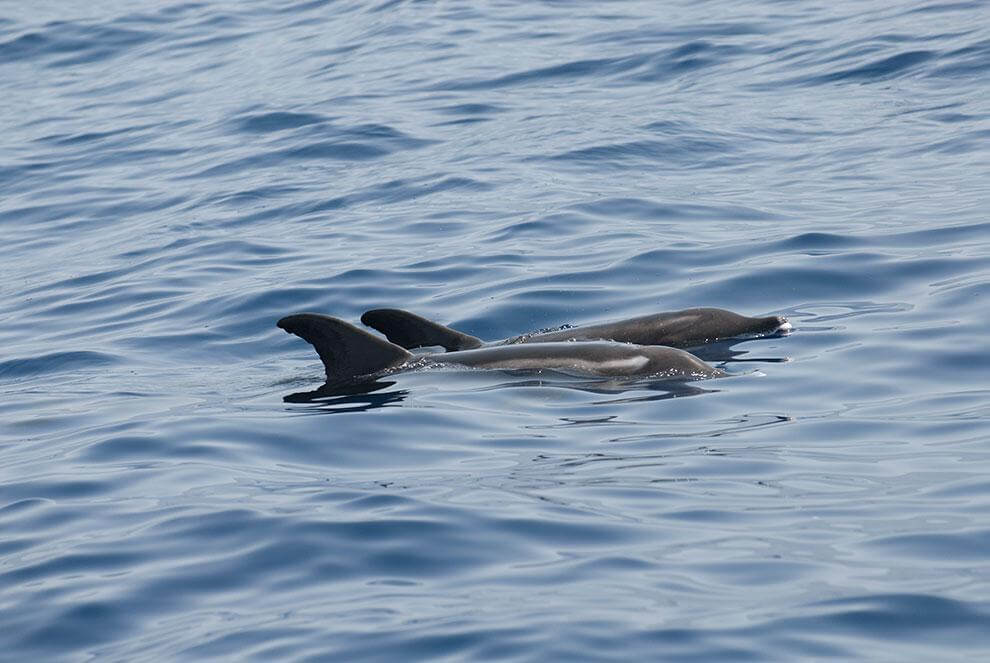

Savouring original products
La Gomera is a region of flavours thanks to the original, exquisite products obtained here. One of them is miel de palma (Gomero palm syrup) made from the sap of the Canary Island date palm, excellent for accompanying cheeses and desserts. It is so singular that there is even an Interpretation Centre-House for Miel de Palma that one can visit to find out more about the palm culture and this delicious food product.
Another characteristic product of the island is almogrote, a kind of pâté the main ingredient of which is cheese, but on any trip to La Gomera we should definitely try goat’s meat and potaje de berros (Canarian watercress soup ). Finally, we cannot omit the famous sweet treats of La Gomera and wines with “Denominación de Origen” (Spanish seal of quality). Quite the gastronomy experience.



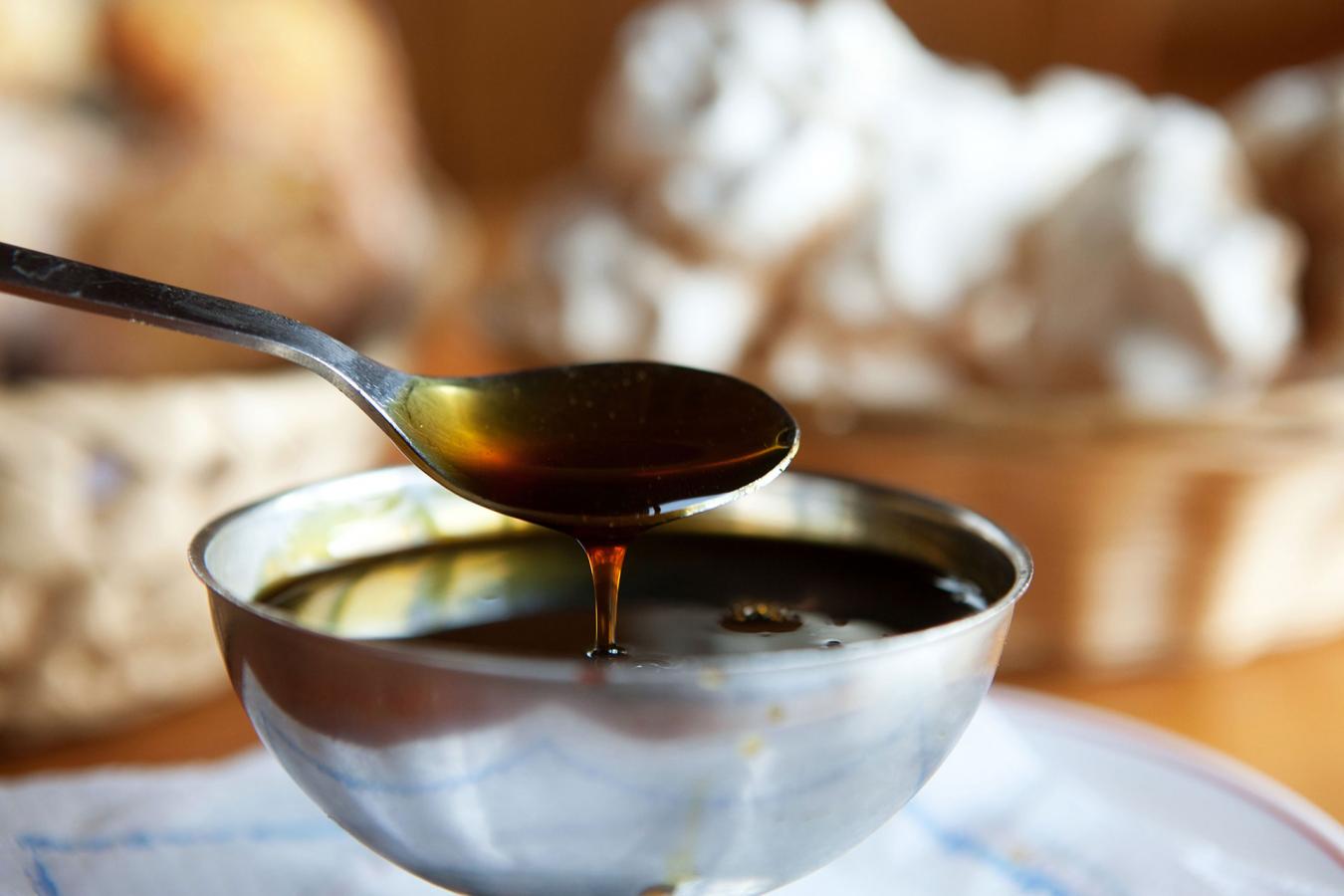
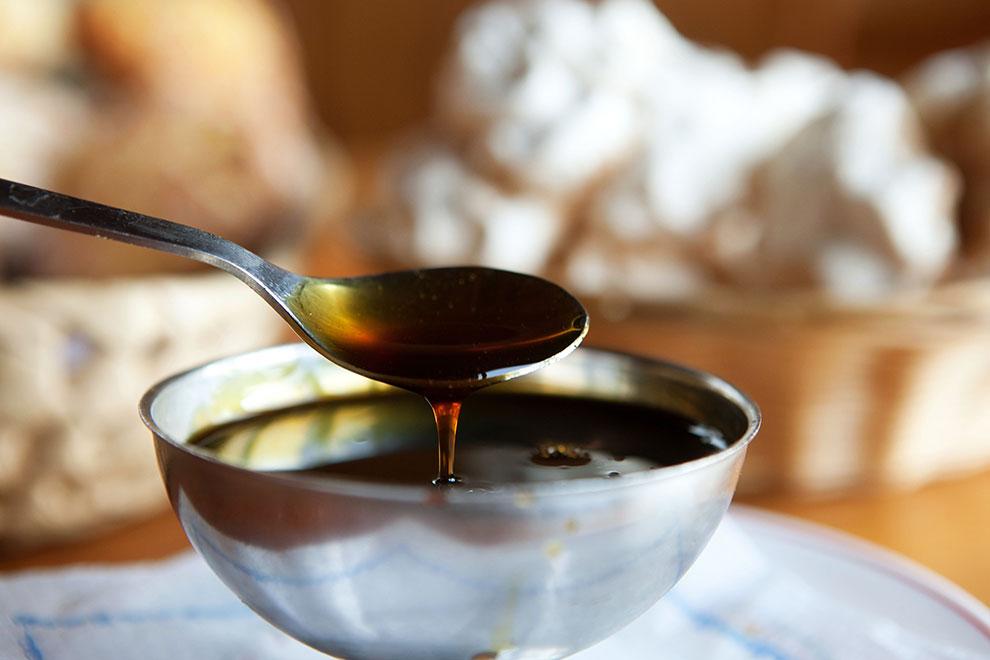

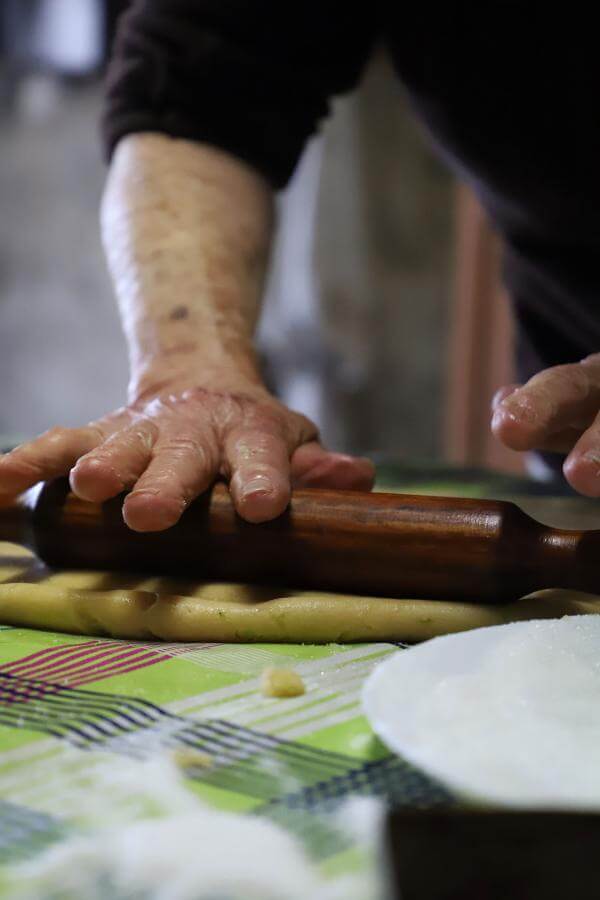
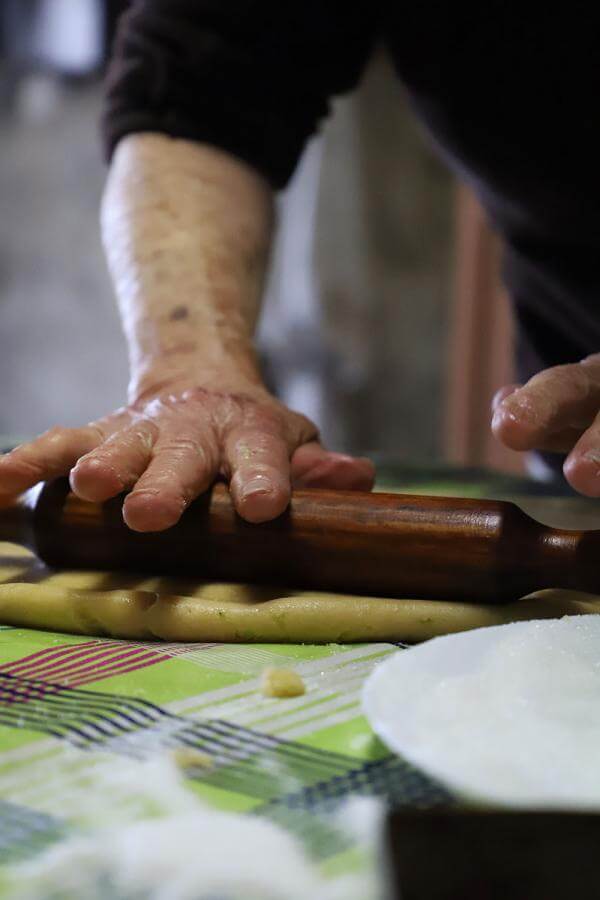







Listening to Silbo gomero (the whistled language)
Declared Intangible Cultural Heritage, this ancestral form of communication which still survives today is one of the most peculiar traditions of the Canary Islands. Using this whistled language, the inhabitants of this island with its abrupt terrain would exchange messages that they transmitted over one ravine and another until reaching their intended recipient.
For decades now La Gomera has striven to conserve this cultural jewel and one of the actions undertaken to achieve this was incorporating it as a subject in the island’s schools. As a result, many young people are familiar with and practise Silbo gomero, thus guaranteeing its conservation for future generations. Witnessing a “conversation” in this whistled language is a fascinating, curious experience that will definitely surprise you. And who knows, it may well awaken an overwhelming desire to learn the whistled language of La Gomera in us, until we become expert “whistlers”.
The island also possesses other ancestral traditions, like its folklore, one outstanding feature of which is the “baile del tambor” (traditional dance of the drum), unique in the Hispanic world, and with some exceptional protagonists: “chácaras” (a type of castanets). These percussion instruments are tied to the hands, and they make a very peculiar sound. Shall we dance?
“Silbo gomero (the whistled language of La Gomera), Intangible Cultural Heritage, has been heard all over Europe thanks to the film “The Whistlers”, presented at the Cannes Film Festival”.









Pottery, a hallmark of our identity
A visit to the Las Loceras Interpretation Centre, in El Cercado, is a must for pottery fans, because this very special museum-house includes all the traditional forms of ceramics of La Gomera, with guided tours and interpretation of the exhibition. In addition, in El Cercado, the epicentre of the island’s artisanal activity, visitors will also find several workshops where they can observe craftspeople engaging in their activities and acquire some of their pieces. A magical place where we are accompanied by the pleasant feeling that time does not pass.

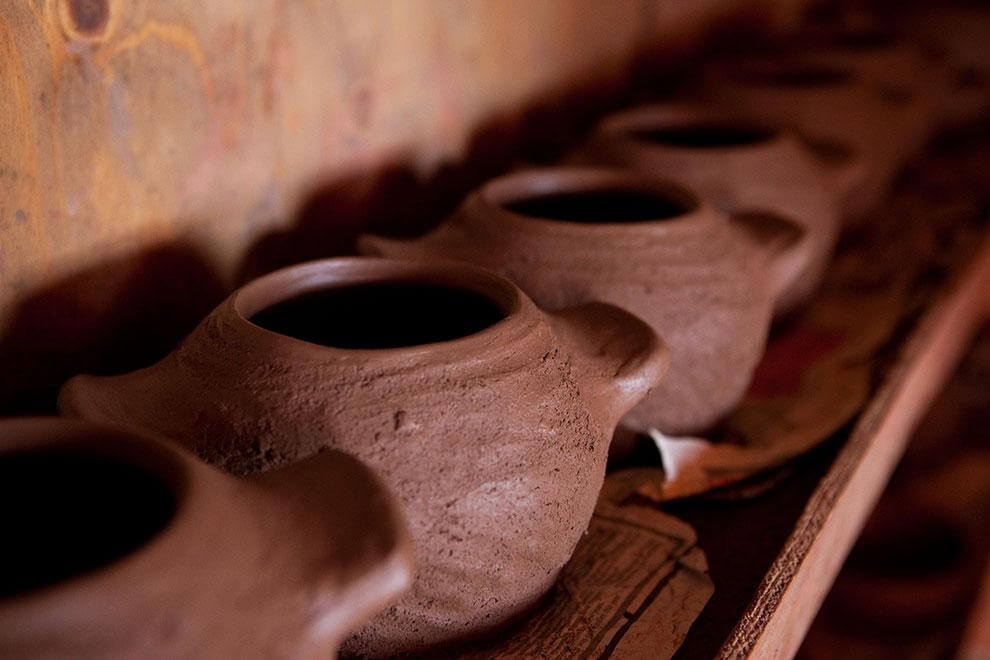

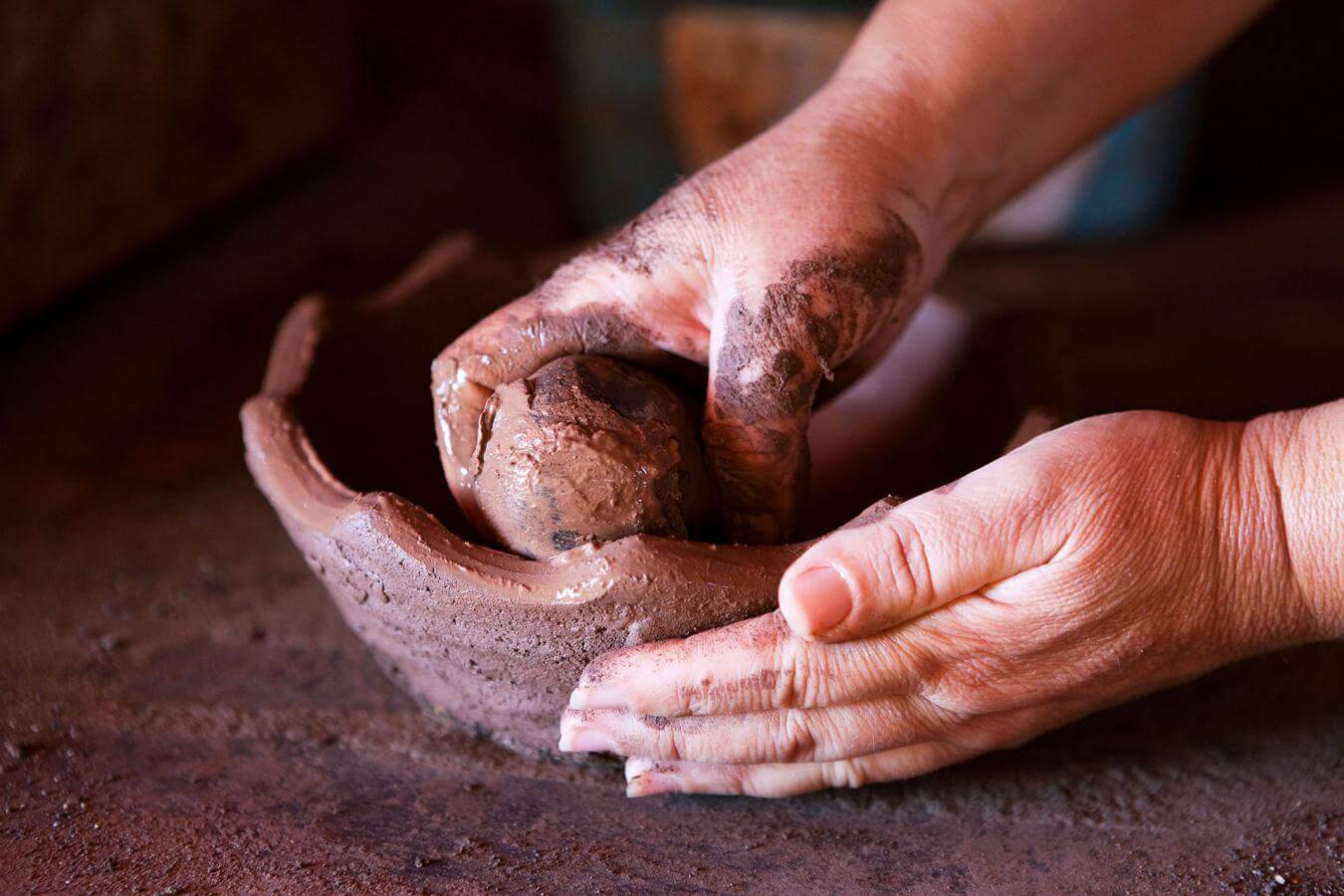


Don't leave without first trying...
“Miel de Palma” (Gomero palm syrup) is made using sap from the Canary Island date palm and is a star ingredient in numerous desserts, cocktails and side dishes.
